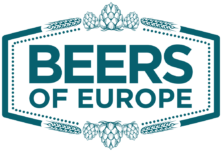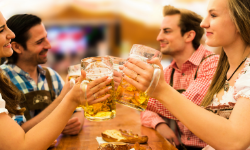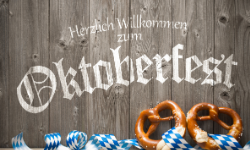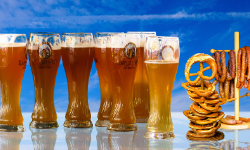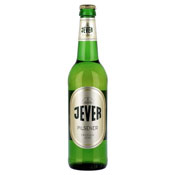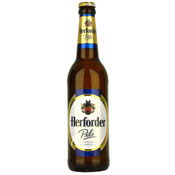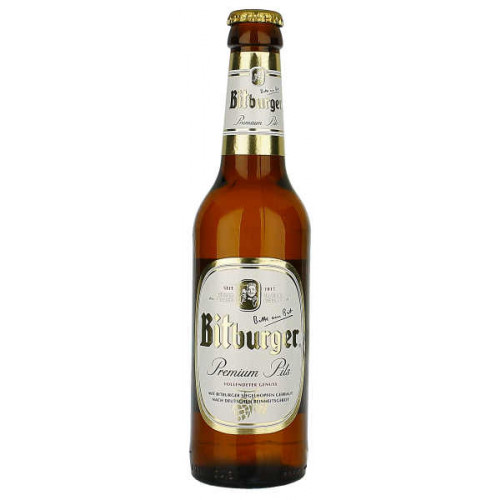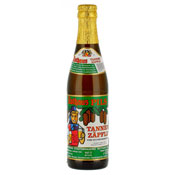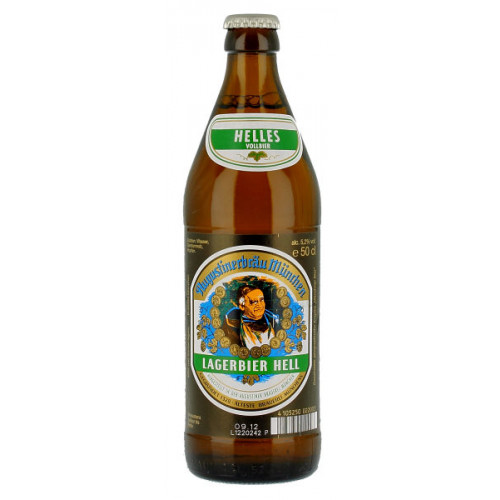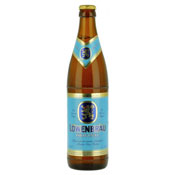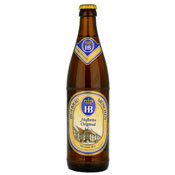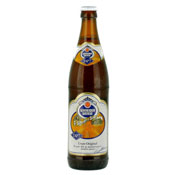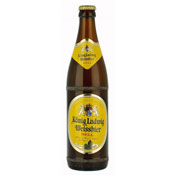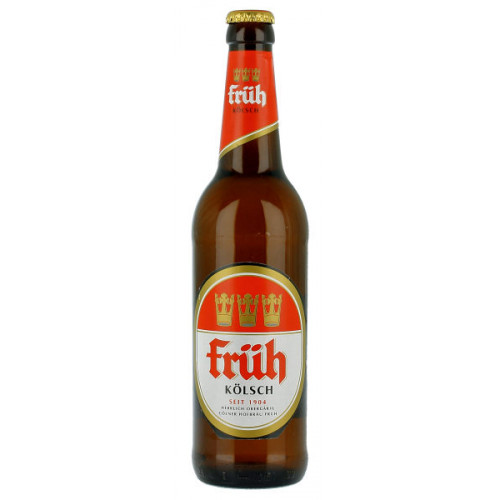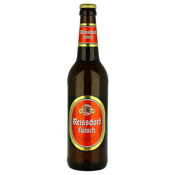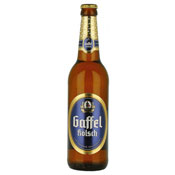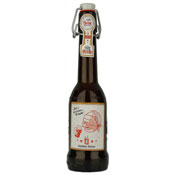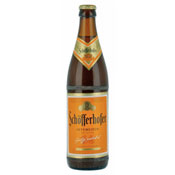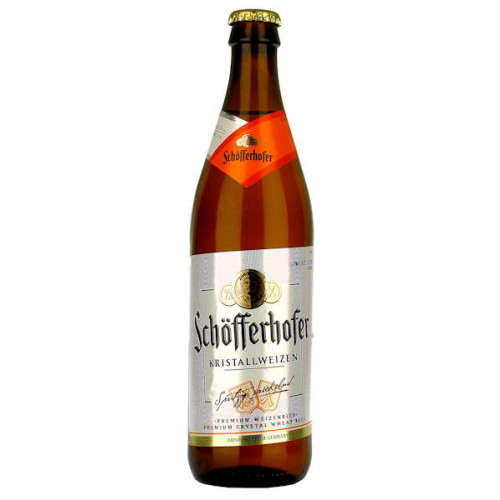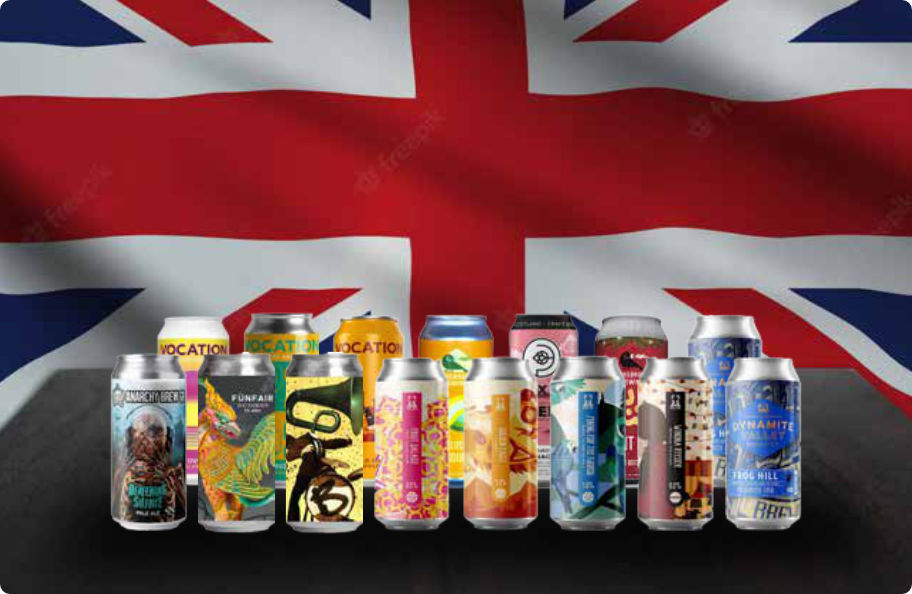German Beer and Breweries
Best German Beer
Best German Beer: Your Introductory Guide
It is difficult to understate the importance and influence of German beer. With a vast range of styles, including endless local varieties, the German Brewers Federation estimates you could drink a different German beer every day for 15 years, without repetition. A noble challenge – should you choose to accept!
So much choice and variety can be overwhelming though, so we’ve created our introductory guide to the best German beer. We’ll cover the history of brewing in Germany and some of the different types of German beer – from the famous pilsners and Weissbiers – to some lesser-known local specialities.
Our guide comes complete with recommendations of the best German beer brands to try for each type, all of which are available from the home of German beer in the UK – Beers of Europe.
German Beer History and Traditions
Any nation that dedicates a whole month to celebrating their national drink ought to be taken seriously. If you’ve ever had the good fortune to visit Germany during Oktoberfest, you’ll understand the importance of beer to the people of Germany. There’s even a law governing beer purity – the Reinheitsgebot. Brought in to force in Bavaria in 1516, the ruling was extended to cover the whole of Germany in 1906. It decrees that German beer must only be made from four ingredients: water, malt, hops and yeast – and has shaped the evolution of German beer.
Germany is also home to some of the oldest continually operating breweries in the world. One of the claims to this title is Weihenstephaner Brewery in Freising, Bavaria, founded in 1040. This title that’s hotly contested by Weltenberg Abbey Brewery in Kelheim, which claims to have been brewing since 1050. In the North-Rhine Westphalia region of Germany, Bolten Brewery, famous for its Altbier, has been brewing since 1266.
With that, let’s dive into some of Germany’s most prolific beer-producing regions – and the different styles they’re known for.
German Beer Regions
Nationwide
Pilsner
Pilsner is the most popular beer style in Germany and is ubiquitous throughout the country. Originating in the Czech city of Pilsen in 1842, German brewers began brewing pilsners, adapted for German hops and water, in the 1870s. You’ll often find pilsners referred to as ‘Pils’ in Germany – some say this is a mark of respect to the Czech brewers who founded the style.
German pilsners tend to be paler in colour, drier and crisper than Czech pilsners, with slightly more carbonation. The other big difference is the hops – while Czech pilsners traditionally use Saaz hops, German pilsners mostly use home-grown Hallertauer and Tettnanger hops. German pilsners tend to have a more pronounced hop aroma, and as a rule of thumb, pilsners grow less bitter as you move south through the country.
We’ve recommended four different pilsners from across Germany – try one that takes your fancy, or perhaps buy a selection to explore the subtle variations within this one style.
Brewed on the North Sea coast of Germany, Jever Pilsener is a Friesian-style pilsner – a very dry lager with a pronounced hoppy flavour. Grassy, herbal aromas give way to a touch of citrus and a slightly resinous bitter finish. Prefer a hoppier beer? This one’s for you.
If you prefer beers with lower bitterness, you might prefer Herforder Pils. This pilsner from the North Rhine-Westphalia region of Germany has a dry, spicy flavour with a subtle hop character.
Founded in 1817 at the foot of the Eifel mountains near the border with Luxembourg, Bitburger Brewery is still independently run today. Bitburger Premium Pils has a floral aroma of mountain herbs and a slight honey-sweetness – a stunning all-rounder.
Rothaus Pils Tannenzäpfle is regarded as one of the best German pilsners in the world. Founded by Benedictine monks in 1791 in the Black Forest, Rothaus Brewery is now owned by the German state. Rothaus Pils Tannenzäpfle is a warm golden colour with a fresh, alpine herb aroma. The palate is perfectly balanced, with crisp malt flavours and a soft, yet perceptible bitterness. The name Tannenzäpfle translates as ‘little fir cone’, and refers to the shape of the bottle.
Bavaria
The German purity law originated here, and one of Germany’s most celebrated beer traditions, Oktoberfest, has its roots in Munich. Bavaria is one of the most famous brewing regions of Germany, a popular destination for beer tourists year-round.
Bavaria’s long history of brewing may come from the fact that it contains one of Germany’s most important hop-growing areas, Hallertau. Vital for the preservation and flavouring of beer, almost 90% of Germany’s hops are grown in Hallertau, with a long history of hop farming stretching all the way back to 768AD (and possibly before – this is the first written record of hop farming in the area).
Some of Bavaria’s most popular beer styles are Helles lagers and wheat beers. Learn more about these styles and explore our recommendations for the most delicious examples to try.
Helles Lager
Also known as Hell bier, Helles lager is a lighter, softer cousin of the Pilsner, and is a popular style in southern Germany. The name comes from the German word ‘Hell’, meaning light, bright or pale. An excellent beer to start with on your journey into German beer, Helles lagers are usually around 4.5-5.5% ABV, mildly sweet and low in bitterness. Served cold, Hell beers are traditionally paired with weisswurst (white sausage) and pretzels.
With so many German beer brands available, you might be wondering what the best German Helles lager is? Well, we’ve picked out a few of our favourites to get you started!
Augustiner Lagerbier is widely regarded as one of the best Helles lagers in the world. Crisp and clean with light malty aromas, this beer is the result of hundreds of years of brewing heritage from Munich’s oldest independent brewery, Augustiner.
With its iconic blue label with its proud golden lion, Löwenbräu Original is another well-known Helles lager from Munich. With a slightly more pronounced bitterness and subtle honey aroma, try Löwenbräu Original to explore a crisp, refreshing lager.
Our final suggestion from Munich-based brewing heavyweight Hofbräu is their original Helles lager, Hofbräu Original. With an enticing bready aroma and slight citrus flavour, Hofbräu Original is dangerously quaffable!
Wheat Beer
Bavarian wheat beer, or Weissbier, is brewed with wheat malt and special top-fermenting yeast that imparts the characteristic banana and clove aroma into the beer. Traditionally served in a tall, tulip-shaped glass with a large, frothy head, German wheat beers are fruity, smooth and usually served unfiltered.
For a world-class Bavarian wheat beer, you can’t beat Schneider Weisse Tap 7. Brewed according to the 140-year-old recipe of founder Georg Schneider, the brewery is still run by sixth-generation Schneider family brewers today. Pouring a dark amber colour, this bottle-conditioned German Hefeweissen is fruity, spicy and refreshing at 5.4% ABV.
Warsteiner Brewery’s Kaltenberg König Ludwig Weissbier is a must-try Bavarian wheat beer, independently brewed by the ninth generation of the founding Cramer family. The brewery is located in the small town of Warstein, nestled in the picturesque Amsberg forest – the epitome of idyllic Bavarian charm. Serve slightly chilled, to experience the full spectrum of aromas and flavours from this perfectly balanced, authentic Weissbier.
North Rhine-Westphalia
Another famous region for beer, North Rhine-Westphalia is located in north-west Germany and is the most populous part of the country. It’s home to some of the widest variety of local beer styles – and we’re going to cover two of the main ones: Kölsch, from Germany’s oldest city, Cologne, and Altbier, strongly associated with Dusseldorf.
Kölsch
A hybrid between a lager and an ale, Kölsch beers are brewed with ale yeast, but fermented at cooler temperatures and conditioned akin to a lager. Only beers brewed in Cologne according to this method can be called Kölsch – it’s a designated local style. As you might expect, Kölsch beers exhibit characteristics of both ales and lagers. They’re light and refreshing like a lager, but have more of a fruity flavour from the ale yeast.
One of the most popular Kölsch breweries in Cologne is Früh, and Früh Kölsch is an absolute must-try on your exploration into German beer. Founded in 1904, Früh Kölsch is still brewed according to founder Peter Joseph Früh’s original recipe. If you like an easy-drinking beer with plenty of flavour, try Früh Kölsch.
If you prefer a slightly hoppier beer, Reissdorf Kölsch is one for you to try. With an excellent balance between fruity ale yeast flavours and malt sweetness, and a moderate bitterness on the finish, this is a robust, refreshing Kölsch.
Perhaps one of the better-known brands, Gaffel Kölsch brings a pleasant hint of ripe berries to this crisp, refreshing style. There’s been a brewery on the site of the present-day Gaffel Brewery since records began in 1302, giving Gaffel a rich history as well as a full flavour.
Altbier
Altbier translates as ‘old beer’ in English, but it’s a bit of a misnomer. The style isn’t that old, originating in Düsseldorf in the 1800s – the name refers to the use of top-fermenting ale yeast, as this method of brewing is considered old compared with lager brewing. Similar to the Kölsch, Altbier is a hybrid beer – again, brewed with ale yeast but fermented at low temperatures in the lager style.
Altbier tends to be brewed with roasted malts and pours a dark copper-brown colour. With a malty flavour, moderate-low bitterness and a crisp, pilsner snap, Altbier is a refreshing, flavourful brew. We’d recommend Uerige Alt – brewed in Düsseldorf since 1862, this is a classic example of the style.
Wheat Beer
Whilst German wheat beers are most commonly associated with Bavaria in the south, the North Rhine-Westphalia region also has its fair share of great wheat beers. We’d recommend Schöfferhofer Hefeweizen – Schöfferhofer made history by being the first wheat beer brewed outside Bavaria. Pouring a rich orange with a fine champagne sparkle and a dry finish, Schöfferhofer Hefeweizen is a modern, refined take on the classic German Weizen. Prefer a filtered wheat beer? Schöfferhofer also make a filtered variant – Schöfferhofer Kristallweizen.
Explore Beer’s of Europe’s Full Range of German Beers
Now you have a foundation knowledge of German beer, why not buy a selection to taste for yourself? Explore one of the biggest and best ranges of German beer sold in the UK – here at Beers of Europe>>



